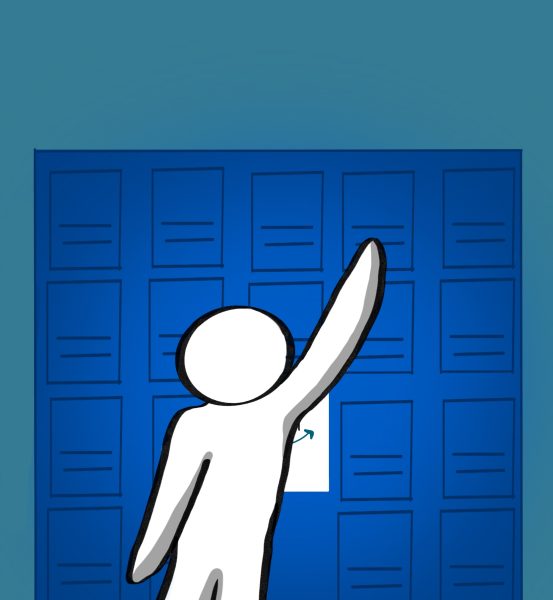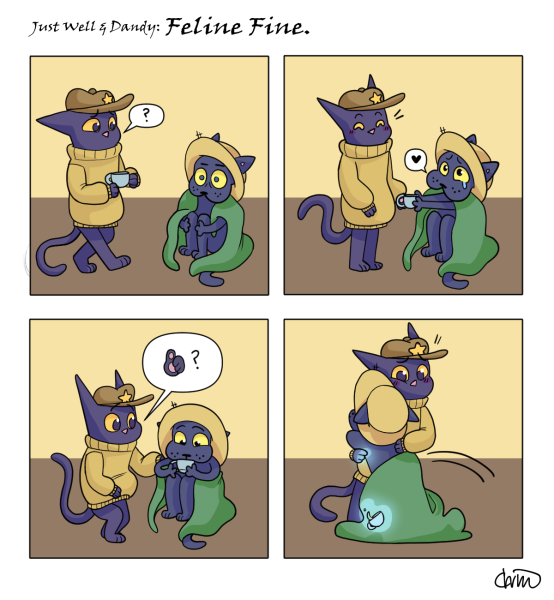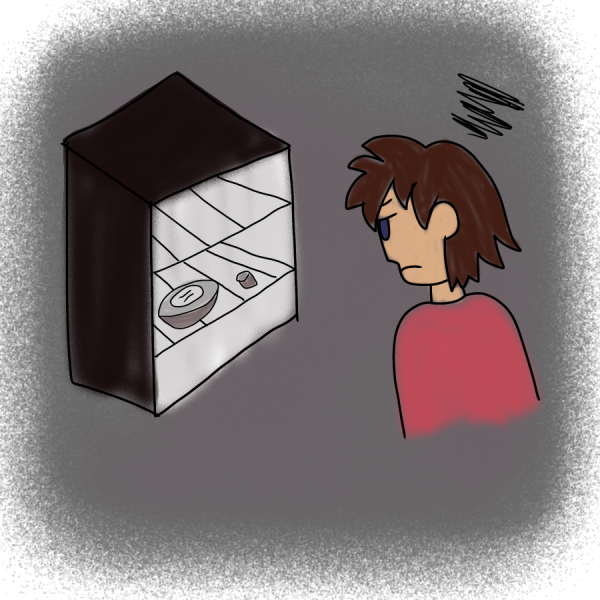Time to act
November 30, 1993
It’s the number one killer of American men ages 25 to 44.
It’s claimed 204,390 lives as of Sept. 30.
It’s estimated that about 13 million people have already been infected—and the prediction is that this number will rise to 40 million within the next seven years.
Most of those getting infected are between the ages of 15-24.
Everyday, an additional 5,000 people worldwide are infected, three-fourths of them through sexual intercourse and most of them in developing countries.
If you haven’t guessed yet, the statistics listed above are all concerning AIDS and gathered by the World Health Organization.
Today is World AIDS Day. It is meant to bring about more awareness to those people who have been living in denial or in a box for the last decade up to date. It asks each of us to take the day or maybe five minutes, maybe even one minute, to ponder how this horrible disease has affected our world, our society and our lives.
What makes this particular disease so scary is that it can hit everyone—and it shows no mercy to anyone.
The emphasis this year is concentration on youth awareness through education. This is because this is the group being hit hardest currently. The young don’t think about death. In fact, it is almost always the last thing on their minds. So in the case of AIDS, youth who are sexually active may not take the risks as seriously as they should. Because of this, they end up paying with their lives.
Education is an important theme of this year’s day. Some can argue education of sexual issues has no real impact on sexual activity, and should not be a part of public education.
But education is the key to preventing the disease. Without education, society would be left ignorant to the problem, and this would leave society ignorant to any solutions as well. This education is especially important in high schools and grade schools where youth need to know the chances they are taking when they are sexually active.
We all know abstinence is the primary solution. But unfortunately, it is not realistic. The number of deaths from the disease makes it obvious that it’s too late to leave education up to parents. Days like today are needed. Programs in schools are needed.
If these types of efforts save the life of only one person, then they are worth it.













